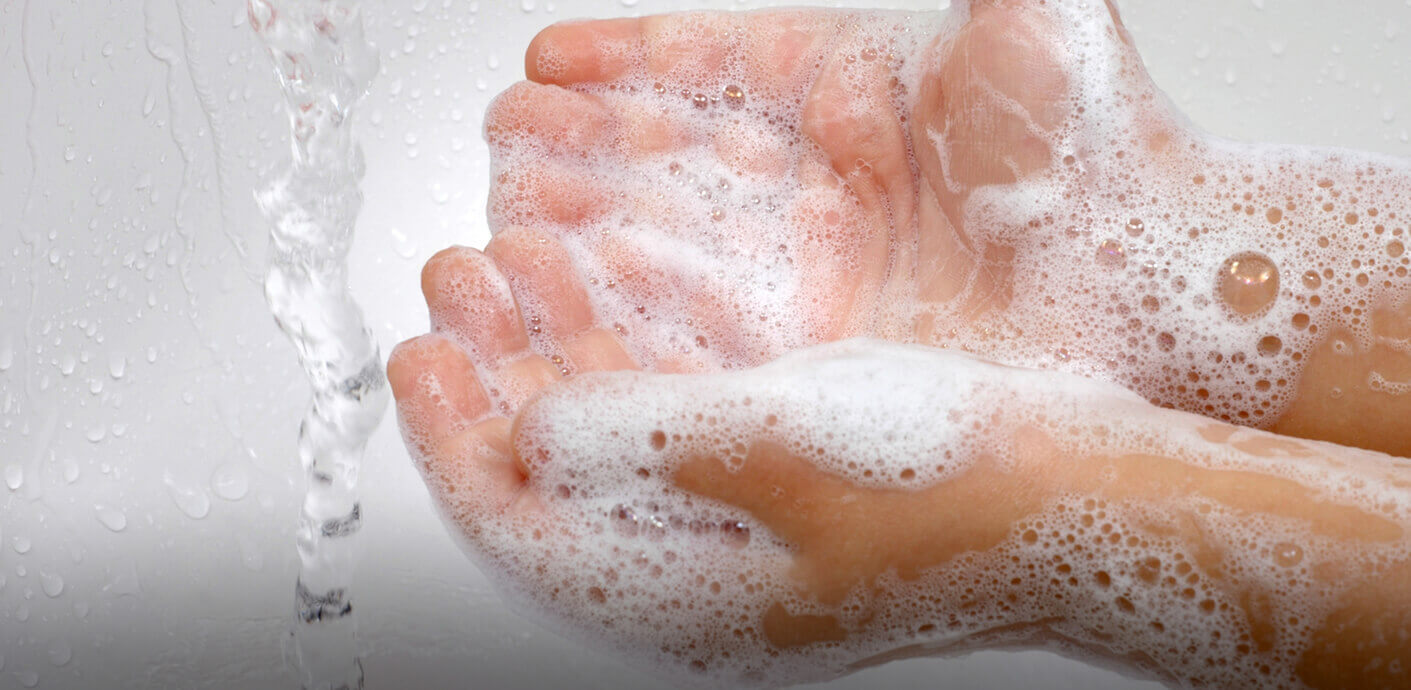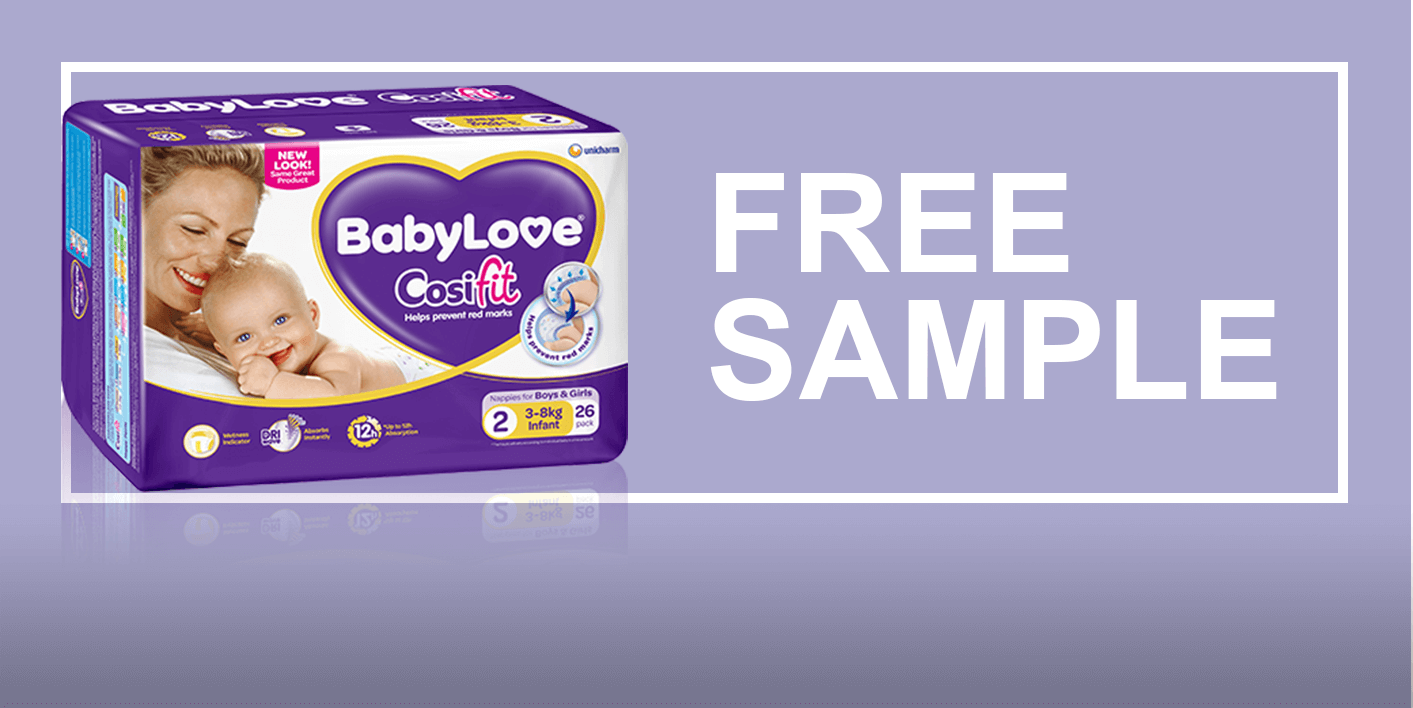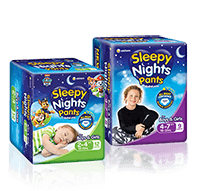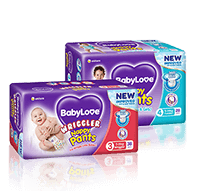Good Germs vs. Bad Germs: What’s the difference?

The Good Ones
As a mom, you’ve probably got the bad guys covered, right? From terms like ‘little monsters’, ‘’thieves’’ and ‘’the invisible army that makes you sick” – your kids have a pretty good idea as to why germs are icky and not so fun after at all. However, how do you throw in the casual plot twist that some of them might not be bad at all? Could some germs be good and helpful?
Healthy bacteria can help the body maintain proper digestion and create a healthy immune system, so it can be helpful to educate your children about the difference between good and bad germs. The ‘good’ germs, also known as ‘beneficial bacteria’, are bacteria that promote health and are beneficial to our bodies. One of the most well-known types of beneficial bacteria is ‘probiotics.’
Some of these ‘good’ germs are found in our tummies. They protect us by stopping the dangerous bacteria’s from entering our gut as well as promoting better immunity and digestion. Foods that include these beneficial bacteria are yoghurt and sauerkraut.
Did you know that millions of bacteria are currently living in noses, mouths and gastrointestinal tracts? In the human mouth alone, there may be up to 25 species of bacteria, and in a millilitre of human saliva, there are as many as 40 million bacterial cells. These bacteria are alive and live peacefully in people’s bodies and help it to function properly.
Not that you’re admitting defeat, but sometimes you need a little extra help on knowing how to explain concepts like ‘healthy bacteria’ to your children. Books are an excellent tool in helping you explain ideas and guide you through the teaching process.
Books you can include in your shopping list next time include:
Books from your local library that really describe healthy bacteria in a way that toddlers and pre-schoolers can understand, like,
“The Magic School Bus Inside the Human Body,” by Joanna Cole and Bruce Degen, “The Surprising World of Bacteria with Max Axiom,
“Super Scientist,” by Agnieszka Biskup and Tod G. Smith, and
“The Good, the Bad, the Slimy: The Secret Life of Microbes,” by Sara L. Latta.
All these mediums will help explain to your little one that there are indeed helpful germs as well! They live in our stomachs and help us to digest our food. Without them, we wouldn’t be able to get the needed nutrients out of the foods we eat.





